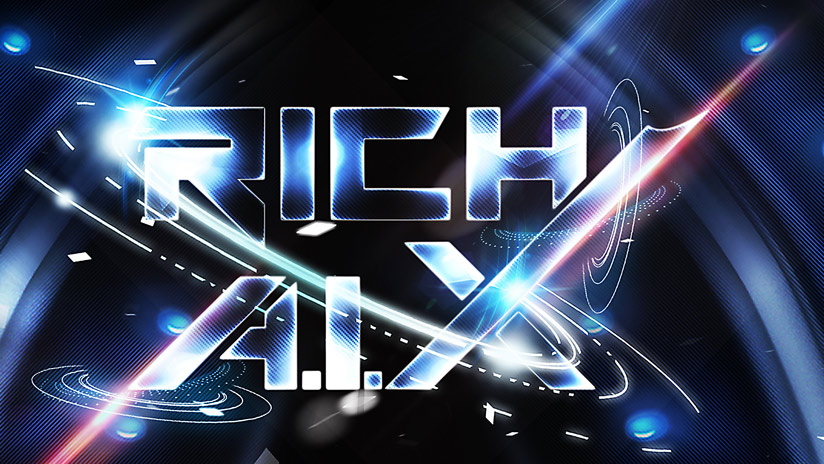Milind Jadhav on Predictive Workforce Planning & AI-Driven Recruitment
Rishikesh hosts Milind Jadhav, a veteran talent leader, for a practical discussion on how recruitment evolved into strategic talent intelligence. Milind shares lessons from 18+ years across tech and industry — covering predictive workforce planning, AI-driven recruiter productivity, unified talent ecosystems, internal mobility, GDPR/DPDPA compliance, and hiring for automation & robotics.
In this episode you’ll learn:
How recruitment shifted from transactional hiring to strategic capability-building.
Practical methods to balance speed and quality for niche roles (data science, cloud, DevOps).
How predictive analytics can surface attrition risk and forecast talent demand.
Why unified talent intelligence (ATS + LMS + HRMS) is essential for workforce agility.
How generative AI augments recruiter productivity without removing human empathy.
The future talent architecture: skills-first planning, hybrid talent ecosystems, and global hiring hubs.
▶️ Subscribe to Dawdle.live for weekly founder & CXO conversations and actionable leadership insights.
🔎 Key Topics / Takeaways
Talent acquisition today is strategic: hiring builds future capabilities, not just fill roles.
Speed must be paired with data-driven quality checks (skill ontologies, hiring scorecards).
Predictive analytics = early warning systems for attrition; triggers should prompt engagement, reskilling, or mobility.
Unified talent intelligence connects sourcing, learning, performance and enables proactive workforce planning.
Generative AI automates repetitive tasks (JD drafting, outreach, initial screening) freeing recruiters for consultative work.
Future-ready hiring: skills-first frameworks, internal mobility, hybrid talent pools (full-time + gig + global hubs).
Compliance & privacy (GDPR, DPDPA) must be baked into ATS/LMS design — “privacy-by-design” is non-negotiable.
🕒 Chapters / Timestamps
00:00 — Intro & guest welcome.
00:17 — Milind’s background & Obion Steps intro.
01:34 — Evolution of recruitment: transactional → strategic.
03:37 — Balancing speed vs quality for niche talent.
05:16 — Five core challenges building a scalable recruitment ecosystem.
08:20 — Predictive analytics for attrition and workforce planning.
11:24 — Can data unify ATS, LMS, HRMS into one talent intelligence layer?
14:15 — Generative AI: recruiter productivity & personalization at scale.
17:26 — Role of skill frameworks and internal mobility in bridging skill gaps.
19:25 — Re-architecting the talent supply chain: campus, gig, global hubs.
21:48 — Automation & robotics: changing hiring in manufacturing & industrial tech.
24:10 — Managing compliance across geographies — GDPR, DPDPA & data governance.
27:25 — Geographic flexibility, data localization & HR tech strategy.
28:48 — Vision: what recruitment orgs of the future look like.
31:21 — Milind on his current work (Obion Steps) and helping HR professionals.
33:07 — Closing remarks.
#TalentIntelligence #Recruitment #HRTech #WorkforcePlanning #GenerativeAI #InternalMobility #DawdleLive
Rishikesh hosts Milind Jadhav, a veteran talent leader, for a practical discussion on how recruitment evolved into strategic talent intelligence. Milind shares lessons from 18+ years across tech and industry — covering predictive workforce planning, AI-driven recruiter productivity, unified talent ecosystems, internal mobility, GDPR/DPDPA compliance, and hiring for automation & robotics.
In this episode you’ll learn:
How recruitment shifted from transactional hiring to strategic capability-building.
Practical methods to balance speed and quality for niche roles (data science, cloud, DevOps).
How predictive analytics can surface attrition risk and forecast talent demand.
Why unified talent intelligence (ATS + LMS + HRMS) is essential for workforce agility.
How generative AI augments recruiter productivity without removing human empathy.
The future talent architecture: skills-first planning, hybrid talent ecosystems, and global hiring hubs.
▶️ Subscribe to Dawdle.live for weekly founder & CXO conversations and actionable leadership insights.
🔎 Key Topics / Takeaways
Talent acquisition today is strategic: hiring builds future capabilities, not just fill roles.
Speed must be paired with data-driven quality checks (skill ontologies, hiring scorecards).
Predictive analytics = early warning systems for attrition; triggers should prompt engagement, reskilling, or mobility.
Unified talent intelligence connects sourcing, learning, performance and enables proactive workforce planning.
Generative AI automates repetitive tasks (JD drafting, outreach, initial screening) freeing recruiters for consultative work.
Future-ready hiring: skills-first frameworks, internal mobility, hybrid talent pools (full-time + gig + global hubs).
Compliance & privacy (GDPR, DPDPA) must be baked into ATS/LMS design — “privacy-by-design” is non-negotiable.
🕒 Chapters / Timestamps
00:00 — Intro & guest welcome.
00:17 — Milind’s background & Obion Steps intro.
01:34 — Evolution of recruitment: transactional → strategic.
03:37 — Balancing speed vs quality for niche talent.
05:16 — Five core challenges building a scalable recruitment ecosystem.
08:20 — Predictive analytics for attrition and workforce planning.
11:24 — Can data unify ATS, LMS, HRMS into one talent intelligence layer?
14:15 — Generative AI: recruiter productivity & personalization at scale.
17:26 — Role of skill frameworks and internal mobility in bridging skill gaps.
19:25 — Re-architecting the talent supply chain: campus, gig, global hubs.
21:48 — Automation & robotics: changing hiring in manufacturing & industrial tech.
24:10 — Managing compliance across geographies — GDPR, DPDPA & data governance.
27:25 — Geographic flexibility, data localization & HR tech strategy.
28:48 — Vision: what recruitment orgs of the future look like.
31:21 — Milind on his current work (Obion Steps) and helping HR professionals.
33:07 — Closing remarks.
#TalentIntelligence #Recruitment #HRTech #WorkforcePlanning #GenerativeAI #InternalMobility #DawdleLive











